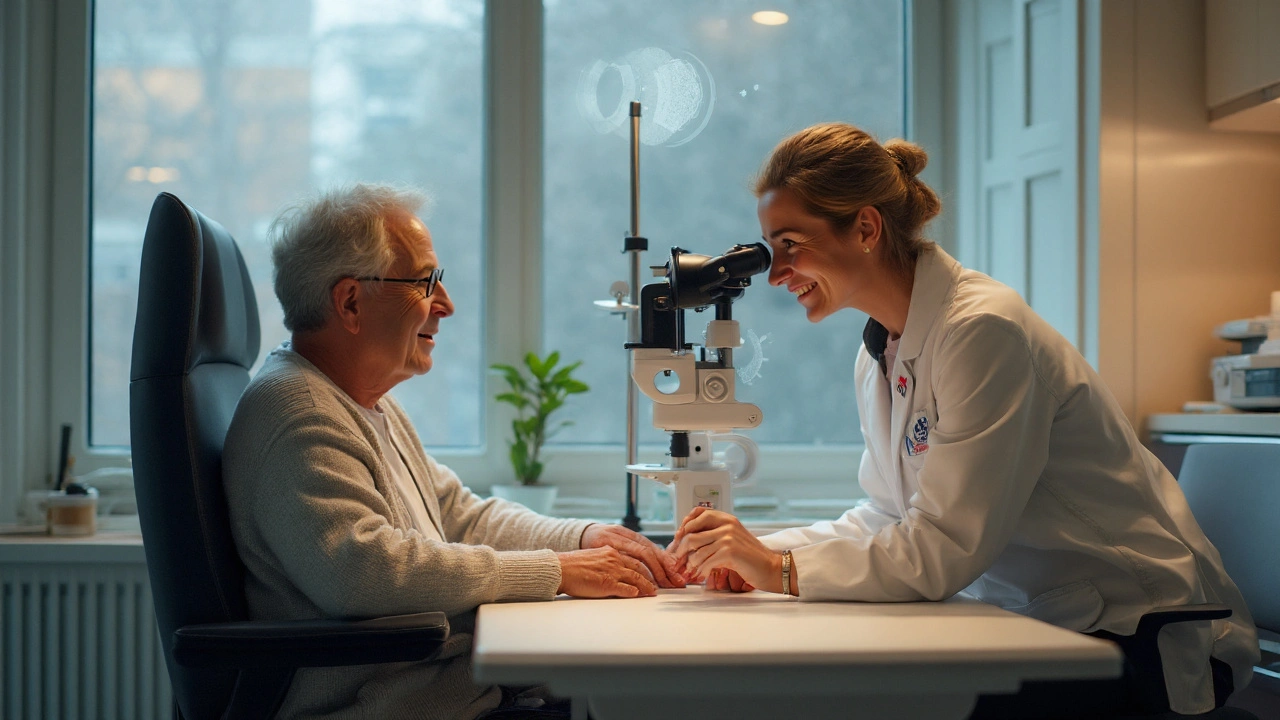Regular Eye Exams: What They Are and Why You Need One
Ever wonder why doctors keep telling you to get your eyes checked even if you think you see fine? The truth is, many eye problems sneak up on you without obvious symptoms. A regular eye exam can spot issues like glaucoma, cataracts, or early signs of diabetes before they mess with your sight. Plus, it’s a quick way to update your prescription if you wear glasses or contacts.
Skipping your checkup isn’t just a bad habit—it can cost you vision later. Think of your eyes like a car’s engine: you wouldn’t wait for a strange noise before getting a service, right? The same logic applies to your peepers. A routine visit keeps your vision running smoothly and helps you stay in control of any changes.
How Often Should You Get an Eye Exam?
There’s no one‑size‑fits‑all answer, but most eye care professionals follow a simple rule. If you’re under 40 and have no known eye issues, aim for an exam every two years. Hit 40? It’s time to step it up to once a year because the risk of conditions like presbyopia and glaucoma climbs with age.
Got a chronic disease such as diabetes or hypertension? Your doctor will likely recommend yearly exams, sometimes even more often. Kids need checkups sooner—usually at ages 6 months, 3 years, and before starting school—then every two years after that.
Remember, the frequency can change based on personal factors. If you notice blurry vision, frequent headaches, or trouble seeing at night, book an appointment right away, no matter when your last exam was.
What Happens During a Routine Eye Checkup?
A typical eye exam is a mix of quick tests and a thorough conversation. First, the optometrist will ask about your medical history, any changes in vision, and whether you’ve experienced eye strain from screens. This helps them tailor the exam to your needs.
Next comes the visual acuity test—those familiar eye‑chart letters. Even if you wear glasses, this step checks if your prescription still matches your vision. After that, they’ll measure the pressure inside your eyes using a painless puff of air or a tiny probe. High pressure can signal glaucoma, which is often silent until damage occurs.
Other common checks include:
- Refraction: determines the exact lens power you need.
- Slit‑lamp exam: a microscope that lets the doctor see the front part of the eye for scratches, infections, or dry‑eye signs.
- Retinal imaging: a camera takes a picture of the back of your eye to look for diabetic retinopathy, macular degeneration, or other issues.
If any problem pops up, the optometrist will discuss treatment options, from prescription glasses to lifestyle tweaks or specialist referrals. The good news? Most eye conditions are easier to manage when caught early.
Bottom line: regular eye exams are a low‑effort, high‑reward habit. Schedule yours based on age, health, and any symptoms you notice. Your future self will thank you for keeping your vision in top shape.
Why Regular Eye Exams Are Crucial for Detecting Eye Cancer
Discover how routine eye exams catch eye cancer early, the types of cancer screened, exam components, and what you can do to protect your vision.
